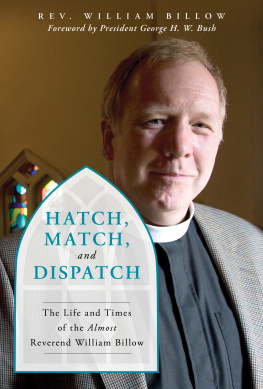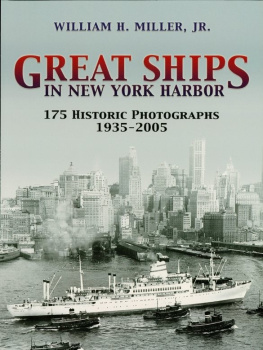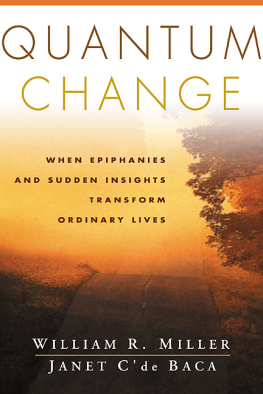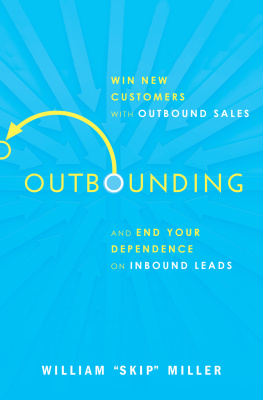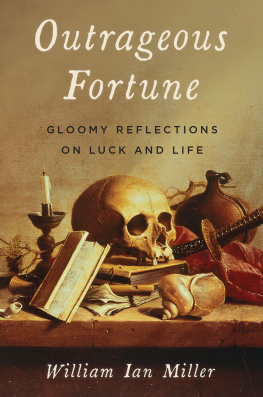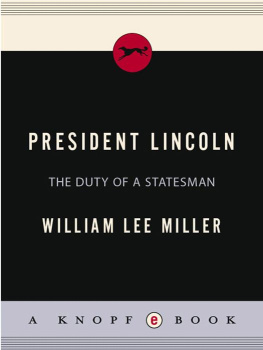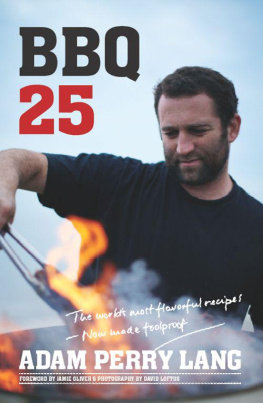1996 by the University of Washington Press
First paperback edition 2014 by the University of Washington Press
Printed and bound in the United States of America
18 17 16 15 14 5 4 3 2 1
All rights reserved. No part of this publication may be reproduced or transmitted in any form or by any means, electronic or mechanical, including photocopy, recording, or any information storage or retrieval system, without permission in writing from the publisher.
University of Washington Press
www.washington.edu/uwpress
Library of Congress Cataloging-in-Publication Data
Lang, William L.
Confederacy of ambition : William Winlock Miller and the making of Washington Territory / William L. Lang.
p. cm.
Includes bibliographical reference and index.
ISBN 978-0-295-99385-0 (pbk. : alk. paper)
1. Miller, William Winlock, 18221876. 2. PoliticiansWashington (State)Biography. 3. PioneersWashington (State)Biography. 4. Washington (State)Politics and governmentTo 1889. I Title.
F891.M545L36 1996
979.703092dc20
[B]
96-8932
CIP
The paper used in this publication is acid-free and meets the minimum requirements of American National Standard for Information SciencesPermanence of Paper for Printed Library Materials. ANSI Z39.481984.
ISBN 978-0-295-80277-0 (ebook)
Preface
The idea for this biography originated with Pendleton Miller, the grandson of its subject. Knowing the general contents of his familys papers, especially William Winlock Millers rich political and business correspondence, Pendleton Miller believed that a biography of his grandfather could shed new light on Washingtons territorial history. He was steeped in this history from family stories and the assiduous manuscript and book collecting that his brother, Winlock William Miller, Jr. (19081939), had pursued, which resulted in an impressive library of Pacific Northwest Americana. Much of that collection, which included a sizable cache of Miller family papers, was donated to Yale University and became a central part of the Western Americana collection at the Beinecke Rare book and Manuscript Library. For more than two generations, scholars in Pacific Northwest and western history have benefited from the Miller familys sense of history and generosity.
Aside from the large gift of papers to Yale, however, the family still had thousands of items, books, maps, paintings, photographs, and other memorabilia that reflected three generations of political and economic life in the Pacific Northwest. The most voluminous and most intriguing were the personal papers of William Winlock Miller. During the late 1980s, Pendleton Miller decided to donate these papers to the University of Washington. What is curious about the two collections, however, is the lack of a discernable pattern of division. A letter written one day, which can be found in the Beinecke archives, might be matched by a reply the following day that is in the University of Washington archives. When the two collections are combined, the resulting corpus presents a fairly thorough documentation of W. W. Millers public life, and a considerable amount of his private one as well.
In 1989, after Pendleton Millers death, Elizabeth Carey Miller went forward with her husbands plan to donate the papers to the University of Washington and to pursue a biography of the family patriarch. Betty Miller had long been associated with the University of Washington primarily as a benefactor and specialist contributor to the universitys school of horticulture. Her generosity had made a horticultural library possible. A recent family gift has also established an endowed chair at the universitys law school. But more than this, Betty Miller was also an internationally recognized authority on Pacific Northwest native plants and had created one of the great personal horticultural gardens at her home in The Highlands, north of Seattle.
As anyone who knew Betty can attest, when she set her mind to do something she did not relent until it was accomplished. Her extraordinary work in beautification of the Chittenden Locks and several major highways in the Seattle area are examples of her determination to make things happen. She approached the Miller biography project with the same enthusiasm, energy, and most intelligent interest. With the sage advice of Frank Minton, and working with Robert E. Burke of the universitys history department and Don Ellegood and Julidta Tarver of the University of Washington Press, Mrs. Miller sought a historian with a record of sound scholarship and writing ability to undertake the project. The family papers donated to the universitys archives had been expertly catalogued and were ready for use, so all that needed to be done was select a historian.
I include these details here because my work on this project brought me into contact with a most remarkable woman, and it is not too much to say that this biography is in many respects the result of her commitment to the primacy of solid scholarship as a fulfillment of her husbands vision. In one of our early meetings, she asked if I intended to pursue all available sources. I answered that a biography practically compelled an author to track down every bit of information pertaining to the subject, especially if the inner life could be exposed. She assented and took the conversation one step further by challenging me to find out what made W. W. Miller tick. Why had he come west? How had he made his money? And why, perhaps, had he married Mary McFadden? Nothing will embarrass, she bluntly offered, and she did not care if the book sold more than a few copies: she wanted the book to be true to the record and to be unimpeded by any considerations. She pledged not to intrude, and she was true to her word, for as she read early drafts of each chapter she offered reactions and engagingly listened to my assents and dissents. The completed book is the better for those conversations.
The discoveries I made enroute began with the surprising richness of family materials in the Beinecke Library archives. What most of us thought was primarily official correspondence turned out to be at least half-related to family affairs, thereby shedding more light on Millers activities. In those researches and others, I have racked up considerable debts to archivists and librarians, the best of whom contribute to the quality of books in ways only authors can know. At the University of Washington Manuscripts and Archives Division, Karyl Winn guided me to the most important collections and took a very gratefully received personal interest in the project. Janet Ness, of the same department, helped make the finding of materials practically problem-free.
At Yale University, George Miles went out of his way to aid my research and helped broaden my search for relevant materials. He also shared information on the original Miller bequest to Yale and the history of the Miller papers at the Beinecke, while making my stays in New Haven more pleasant. In Illinois, Cheryl Schirnning at the Illinois State Library and Lowell Voelkel at the Illinois State Archives alerted me to several sources I surely would have missed.
Closer to home, at the Washington State Library in Olympia, Jeanne Engerman and Gayle Palmer gave me the benefit of their knowledge of Olympia materials. Eb Geisecke and Drew Crooks also pointed me to important sources for Olympia history. I owe a special debt of gratitude to Mary Ellen Meryhew, Harvey Steele, and Steve Waterson of the U.S. Customs Service for graciously allowing me to use un-archived historic documents housed in the Customs Service offices in Seattle and San Francisco. At the Seattle Federal Records Center, Joyce Justice helped me locate the most important federal records to chart Millers official business correspondence. Wayne Larson and David Hastings at the Washington State Archives in Olympia spent several sessions with me and dug out important legal documents pertaining to Millers land acquisitions. I am especially grateful to historians Julie Eulenberg of Seattle and Shanna Stevenson of Olympia for freely sharing their research with me and keeping me from making several errors.



